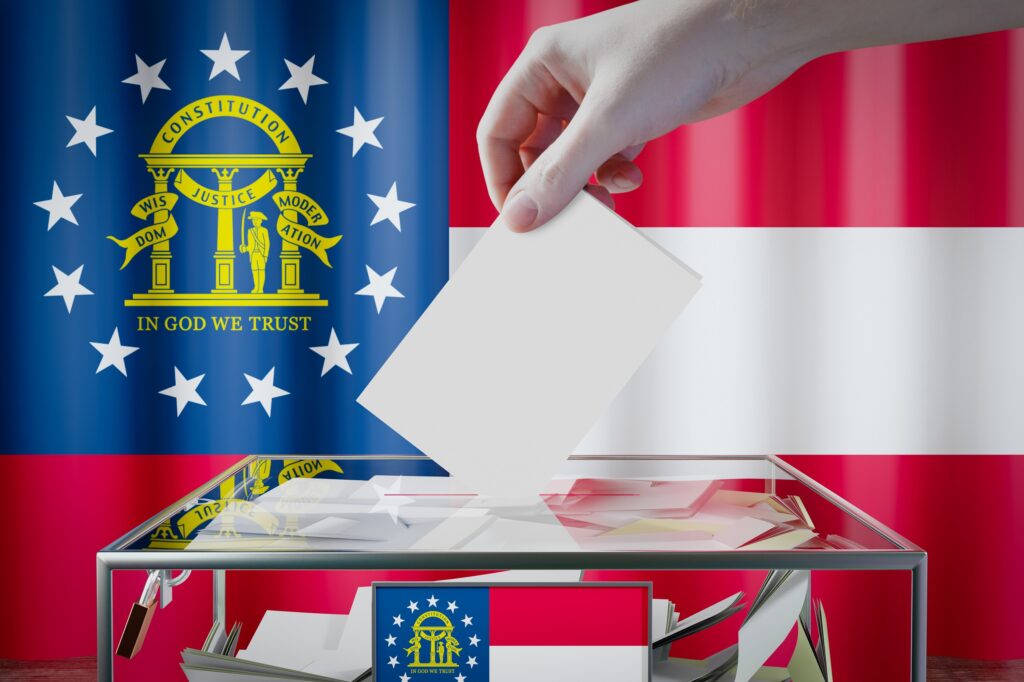U.S.-China Trade War: Farmers Caught In The Crossfire
Introduction
It is becoming increasingly clear that there will be no quick resolution or permanent solution to the ongoing trade war between the United States and China, the world’s two largest economies. From the start, a series of policy mistakes by the Trump administration have squandered a prime opportunity to address certain legitimately concerning Chinese commercial practices. And, while the administration’s mitigation efforts may temporarily help a limited number of agricultural producers, it will do so at the long-term expense of our ability to open up foreign markets for American commodities and livestock.
Put simply, this means that America’s farmers and ranchers find themselves caught in the crossfire.
To recap, in March of 2018, the United States Trade Representative (USTR) released a lengthy report documenting a number of problematic Chinese trade policy practices that burden American commerce. The list includes intellectual property abuses and theft of trade secrets, discriminatory licensing practices, forced technology transfer, state-directed cyber hacking and intrusions into commercial networks. The Trump administration responded by issuing a series of unilateral tariffs, which in turn, prompted retaliation by the Chinese government.
However, rather than to issue unilateral tariffs that ultimately could only end in retaliation and escalation, the administration would have been far better served to put together a coalition of like-minded allies to pursue a multi-pronged approach against specific practices. Such an approach should include the initiation of aggressive cases against China at the World Trade Organization; rejoining the TransPacific Partnership (TPP), a promising trade pact between Pacific Rim nations designed in part to pressure Beijing to raise its commercial standards; the limited use of investment restrictions through the Committee on Foreign Investment in the United States (CFIUS) and narrowly targeted export controls; and a more formal, binding agreement between Washington and Beijing with verifiable enforcement mechanisms. And while it is true that such a thoughtful, wholeof-government approach will require time and negotiation, given the negative impacts of the administration’s alternative, it is imperative we get it right.










